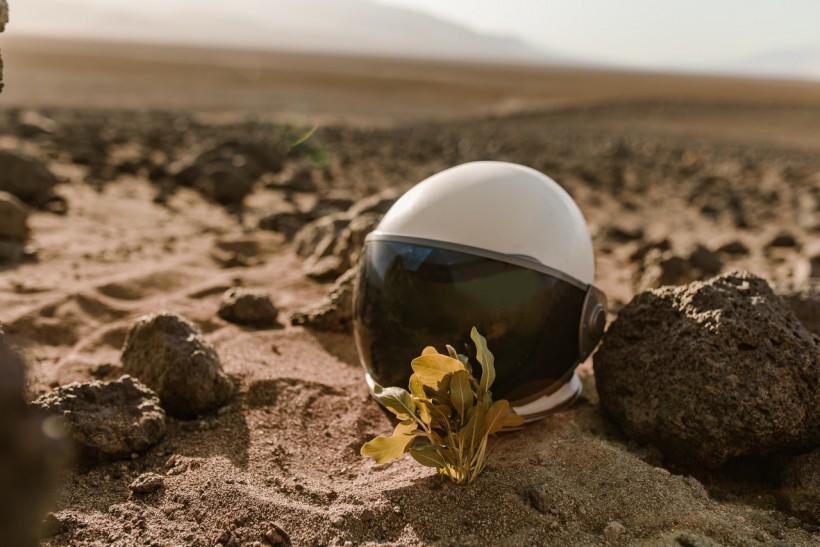A team from the University of Florida developed an approach that could be utilized someday for growing plants in space. The study utilized soil specimens that were collected by various projects carried out on the moon, including Apollo 11, 12, and 17 missions.
Planting on Moon Possible

University of Florida scholars recently accomplished a potential method that could help humans grow plants on the moon. According to the experts, it is likely that we will be able to plant various crops in the future and develop a horticultural system in space.
The research involved an examination of how the various strains of plants react to the solid available on the moon, also called 'lunar regolith,' that has a significant composition compared to the grounds we have on Earth.
The moon planting study serves as the first step for us to create food and oxygen supply for astronauts deployed in missions to the moon and in other parts of space. It could also contribute to the upcoming Artemis Program that sets up our return to the lunar surface.
UF Institute of Food and Agricultural Sciences (UF-IFAS) specialist and author of the research Rob Ferl explained that Artemis requires better insights regarding ways to grow plants outside space, EurekAlert reports.
IFAS horticultural expert and co-author Anna-Lisa Paul said that the initial years of lunar exploration also relied on data gathered from space-planting models.
The plants selected for the study also helped the team to determine that the soil samples brought back from the lunar surface were not contaminated with pathogens as well as other unknown compounds that could inflict damage on any terrestrial life, Paul explained.
ALSO READ: Fungus Protein Can Infiltrate Genetic Protection of Plants, Makes Victims Rot and Wither
However, previous studies did not grow these plants directly on the lunar regolith but were simply dusted with particles from it, the expert added.
Both Ferl and Paul were able to lead several investigations in the past over cosmic-based planting. Their team at the UF Space Plants Laboratory even sent various plant species to space shuttles, suborbital flights, and even to the facilities aboard the International Space Station to gather precise information about possible methods.
Future of Horticulture on Lunar Surface
Ferl said that in the future, we might develop the moon to become a complex full of launch pads and mission hubs, and it would indeed be sensical for us to utilize the soil already available on the lunar surface for planting.
Because of the limited lunar regolith available, the experts carried out a small-scale experiment. The miniature farm involved pots that each had its own lunar soil and nutrient solution. The seeds selected for the investigation are from the Arabidopsis plant.
Results showed that nearly all of the plants sprouted in a controlled environment with harsh features. Further research would be demonstrated to gain more understanding about growing crops on the moon, on Mars, as well as in other environments with completely different atmospheric and chemical concentrations.
The study was published in Communications Biology, titled "Plants grown in Apollo lunar regolith present stress-associated transcriptomes that inform prospects for lunar exploration."
RELATED ARTICLE: Is Plant Farming on Mars Possible? Clover in Regolith Soil Develops Through Nitrogen-Fixing Bacteria
Check out more news and information on Agriculture in Science Times.














